5 Minutes
The Ford Excursion remains one of the most iconic and powerful full-size SUVs ever produced, making waves in the automotive world with its immense size, heavy-duty capabilities, and the unique option of a 6.8-liter V10 engine. In an era when American families were embracing SUVs for daily life and adventure, Ford set a new benchmark for what it meant to build a truly commanding sport utility vehicle.
Origins: Ford’s Answer to America’s Love for Big SUVs
By the late 1990s, the trend for bigger and more capable SUVs in the US was unstoppable. While rivals like the Chevrolet Suburban and Ford’s own Expedition dominated the market with eight-cylinder engines, Ford saw an opportunity to push the limits even further. Enter the Ford Excursion, launched for the 1999 model year, designed specifically to surpass the competition in size, power, and utility.
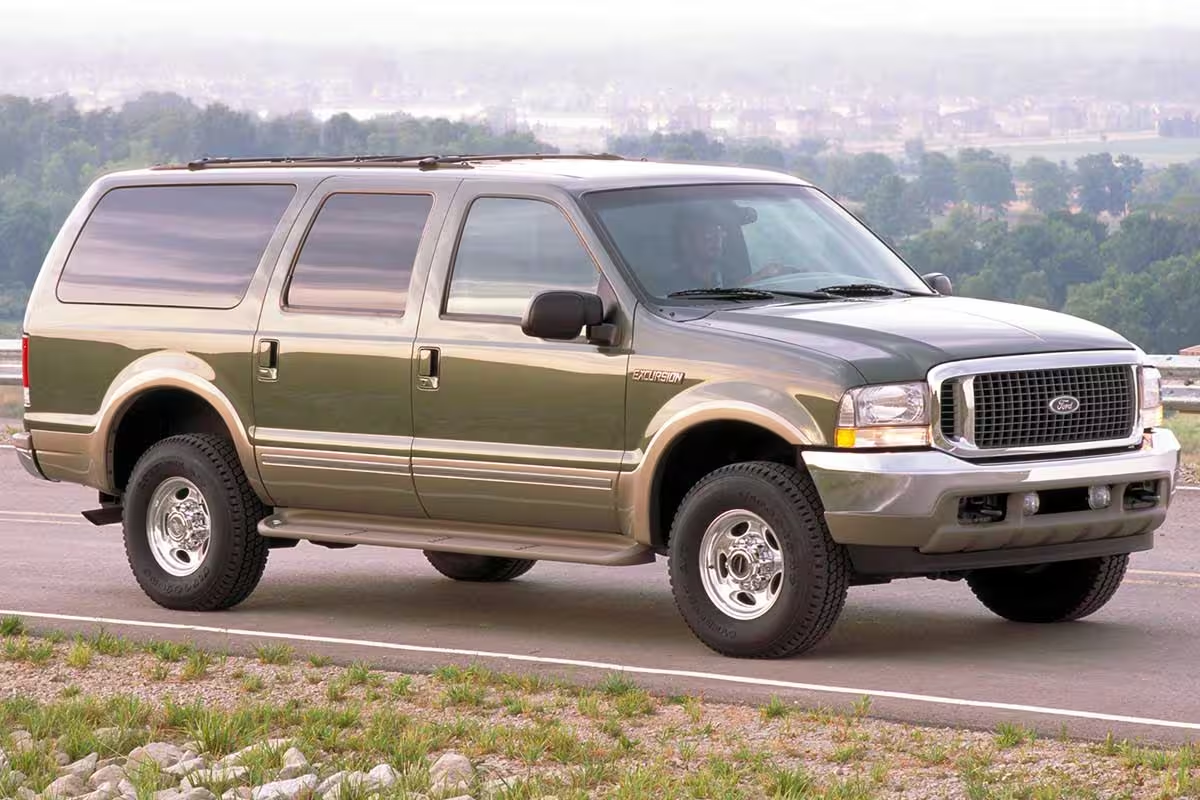
Unlike most SUVs of its time, the Excursion was built on the formidable F-250 Super Duty truck platform. This foundation gave it unrivaled strength, allowing it to handle the toughest jobs with ease. With a mammoth length exceeding 5,750 millimeters (226.4 inches), a maximum curb weight close to 3,175 kilograms (7,000 pounds), and a towing capacity well above 4.5 tons depending on configuration, the Excursion wasn’t just about passenger comfort—it was about hauling, towing, and dominating the road.
Design and Dimensions: A Giant on the Road
The Excursion’s immense size was immediately apparent. Accommodating up to nine passengers comfortably, it also provided a cavernous cargo space ideal for large families, outdoor enthusiasts, or anyone needing to carry substantial gear. Whether for camping trips or cross-country journeys, the spaciousness of the Excursion set it apart—even compared to rivals like the 5,570 mm Chevrolet Suburban and the 5,227 mm Ford Expedition of the era.

The Heart of the Beast: Triton V10 Engine
What truly made the Ford Excursion legendary among SUVs was its available 6.8-liter naturally aspirated Triton V10 engine. At a time when most competitors settled for V8s, Ford raised eyebrows by offering a production SUV with a V10 powerhouse—a first in the American automotive industry.
This robust engine, part of Ford’s modular family alongside the popular 4.6 and 5.4-liter V8s, produced an impressive 310 horsepower and up to 575 Nm of torque in later models. Designed not for speed, but for earth-moving torque, the V10 provided ample pulling power at low RPMs, making the Excursion one of the best SUVs for towing large trailers, boats, or heavy loads with confidence.
Initially paired with a four-speed automatic transmission—and later, a five-speed automatic—the drivetrain was engineered for maximum towing capability and long-term reliability. Drivers could also opt for a four-wheel-drive system, enhancing the vehicle’s off-road prowess and versatility in all weather conditions.

Heavy-Duty Suspension and Driving Dynamics
Built to take on the harshest tasks, the Excursion featured solid front and rear axles with leaf spring suspension. While ride quality was more akin to a tough pickup than a family car, this setup delivered unmatched durability and stability, even on rough, uneven roads. The vehicle’s substantial size—and high fuel consumption, often exceeding 25 liters per 100 km during towing—was the trade-off for such strength, but buyers were drawn to its purpose-built nature rather than seeking fuel economy.
Engine Lineup: Beyond the V10
While the V10 engine was the showstopper, Ford also provided other engine options for different buyer needs. The base Triton 5.4-liter V8 produced between 255 and 310 horsepower, catering to those who wanted a spacious SUV without requiring maximum towing muscle. For those prioritizing diesel performance and longevity, Ford also offered its renowned Power Stroke diesel engines.
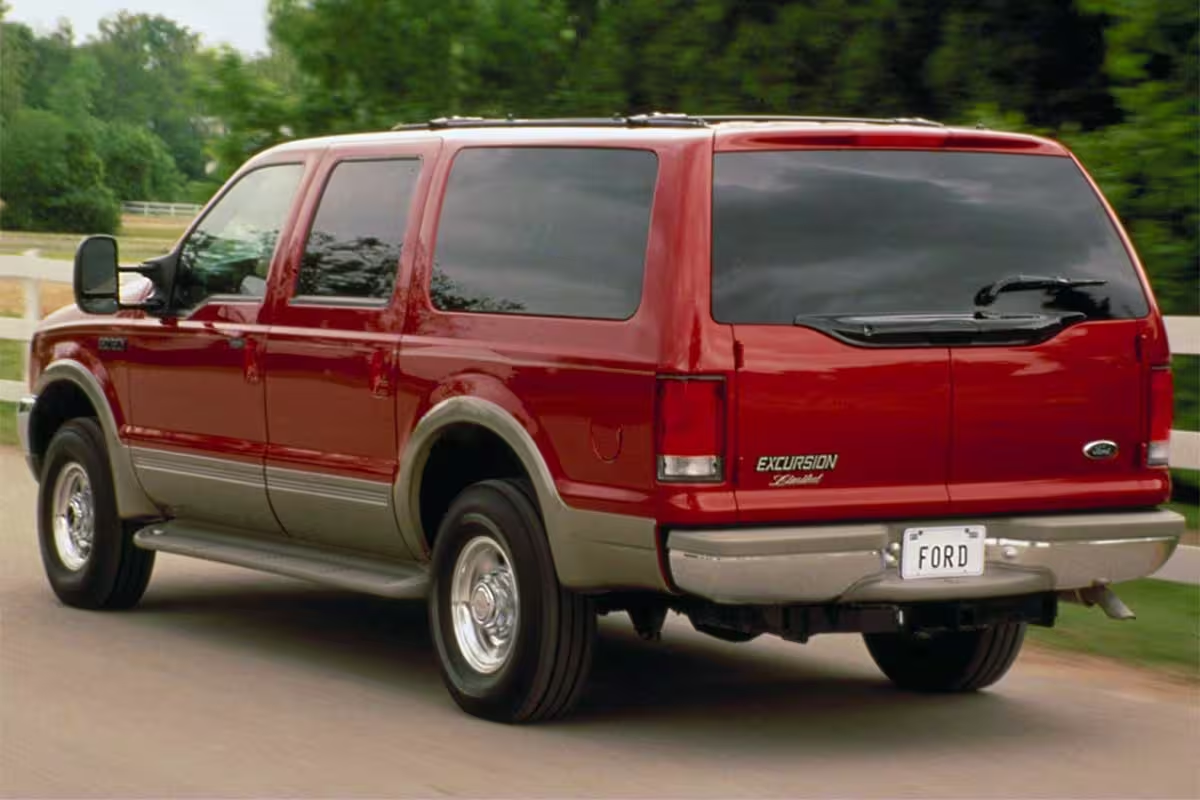
Early Excursion models could be equipped with the legendary 7.3-liter Power Stroke V8 diesel, widely respected for its reliability and massive 678 Nm of torque—an ideal choice for heavy-duty towing tasks. In 2003, this engine was replaced by a more modern 6.0-liter V8 diesel, which provided more power on paper, but was less dependable and required more maintenance, becoming a subject of debate among truck and SUV aficionados.
Market Reception and Legacy
The Ford Excursion’s bold approach resulted in mixed reactions. Fans praised its formidable utility, impressive towing credentials, and spacious design—a dream come true for large families, commercial users, and outdoor adventurers. However, critics pointed out its massive proportions and high fuel consumption, especially as gas prices rose and environmental concerns mounted during the 2000s energy crises.
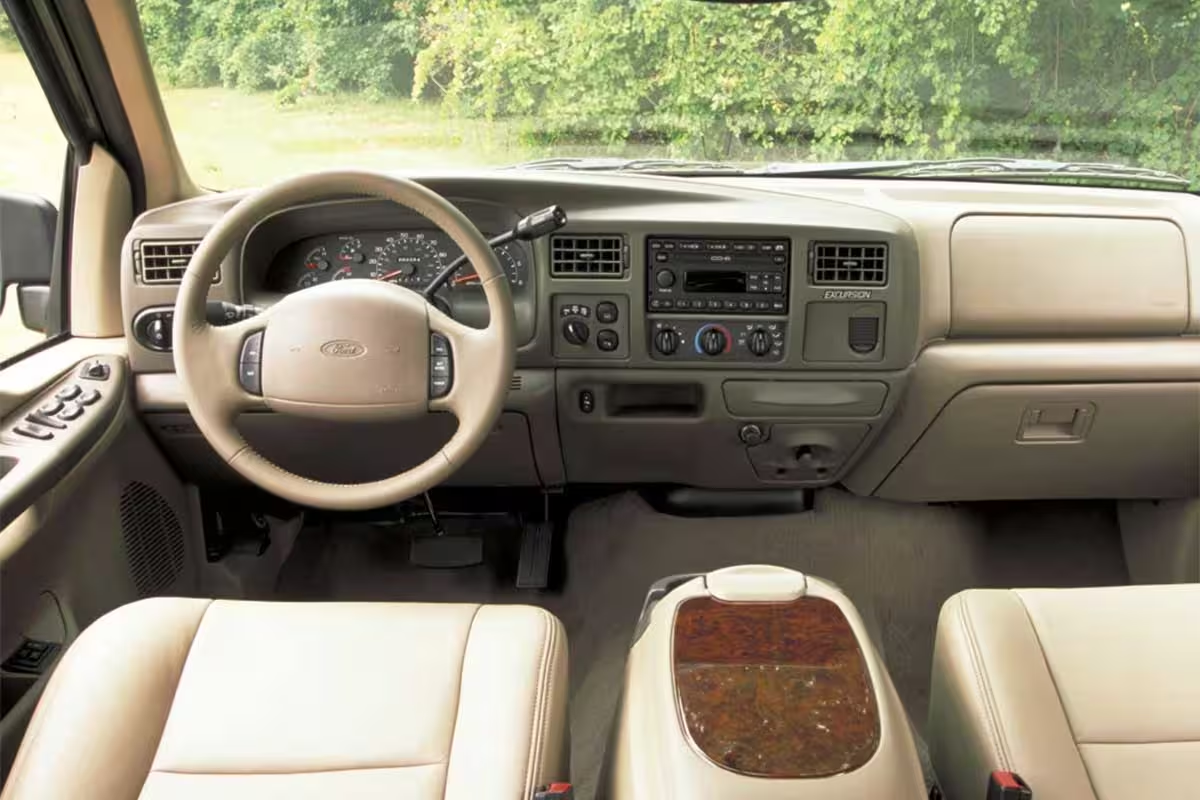
Despite its unique value proposition, the Excursion’s market performance was modest. Its best-selling year was 2000 with around 50,000 units sold; by 2004, annual sales had dropped to just 20,000, a stark contrast to the Ford Expedition which saw over 213,000 sales in 2003. In the face of shifting consumer trends and growing demand for more efficient vehicles, Ford discontinued the Excursion after the 2005 model year.
Comparison: Excursion vs. The Competition
During its production run, the Ford Excursion consistently overshadowed its rivals in terms of sheer size, towing ability, and engine options. Chevrolet’s Suburban and the Ford Expedition were more maneuverable and efficient, but none could claim the Excursion’s unmatched combination of seating capacity, cargo volume, and heavy-duty performance, especially with the available V10 engine.
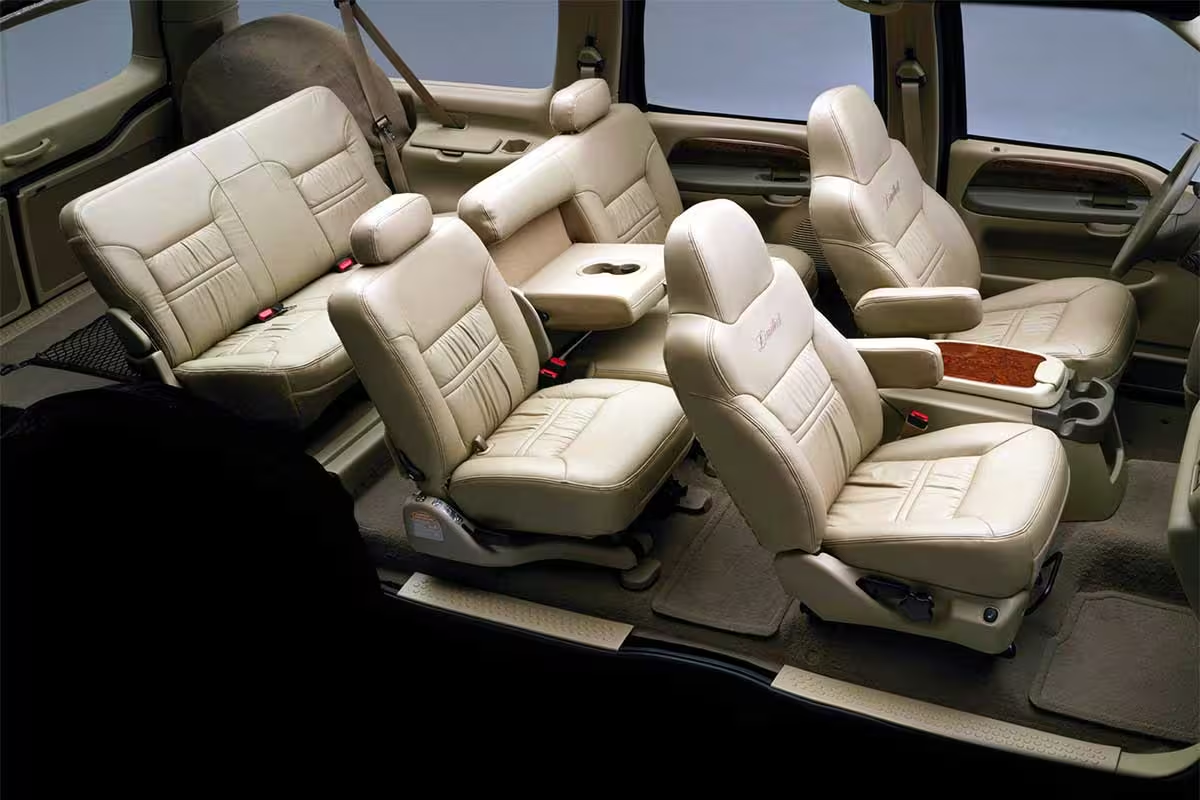
The Ford Excursion’s Lasting Appeal
Today, the Ford Excursion remains highly sought after in the used SUV market, appreciated by car enthusiasts, collectors, and anyone who needs the ultimate workhorse for family or industrial purposes. Its massive stature and uncompromising power make it a true icon of American automotive ambition—an SUV built for those who need more than just transportation, but a trusted partner for every challenge.
For those looking for an unmatched full-size SUV with legendary towing capacity, the Ford Excursion—especially in its V10 configuration—still stands tall as one of the greatest heavy-duty SUVs ever built.


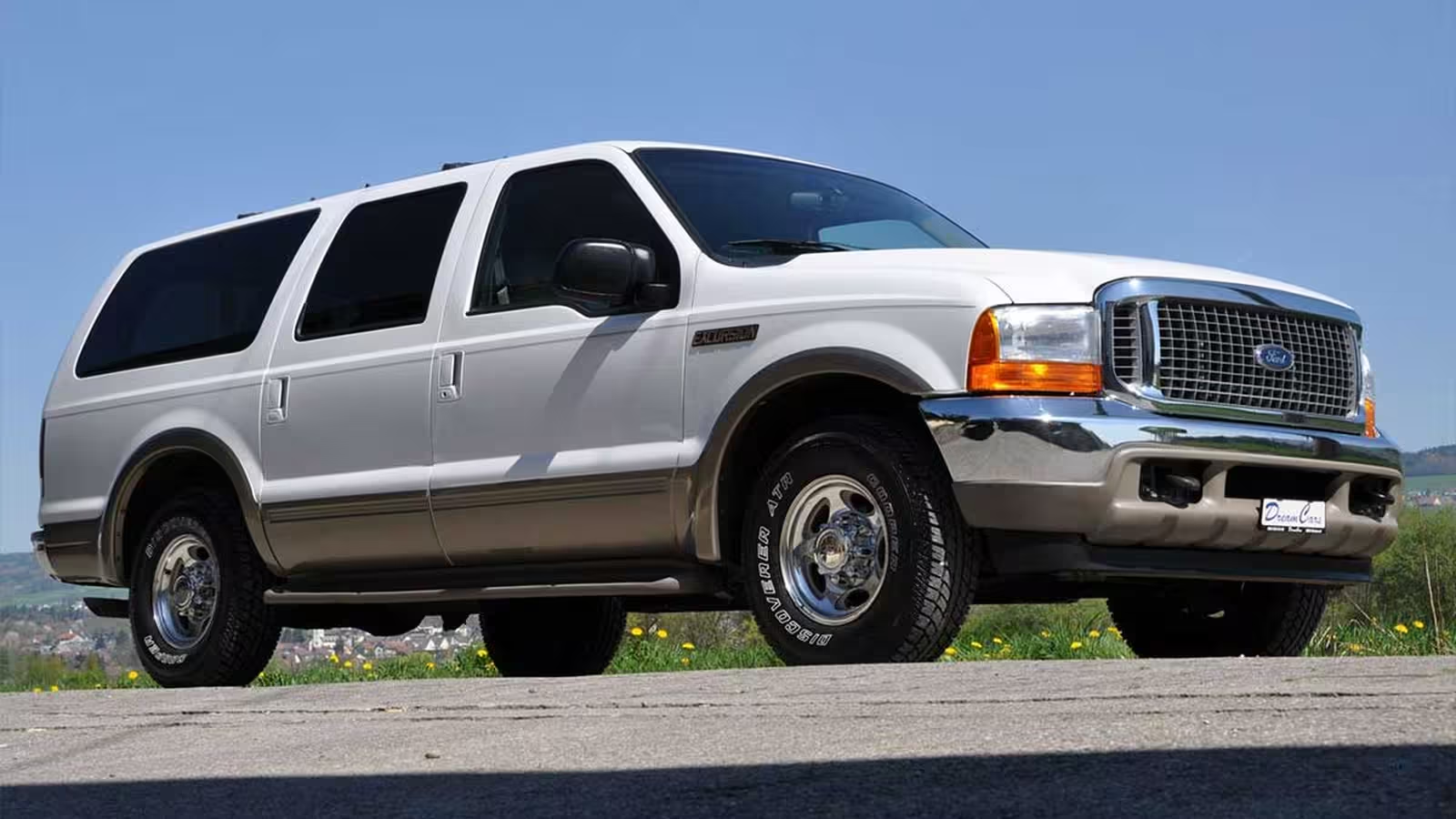
Comments